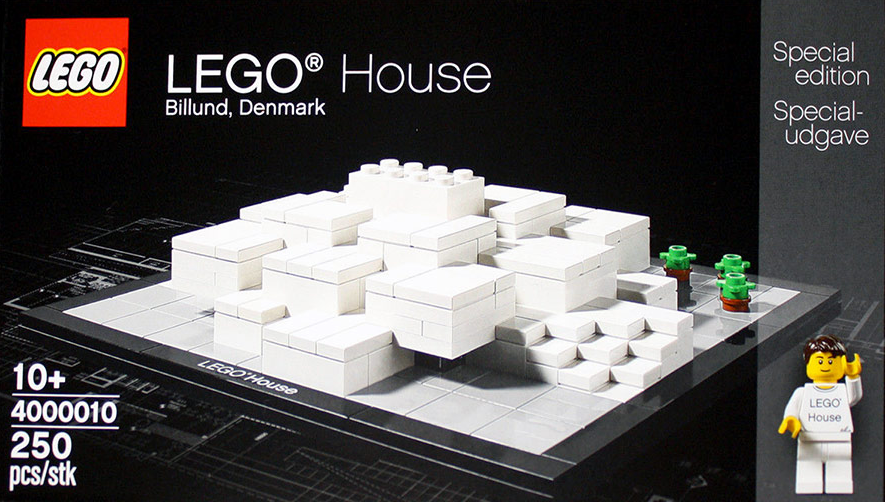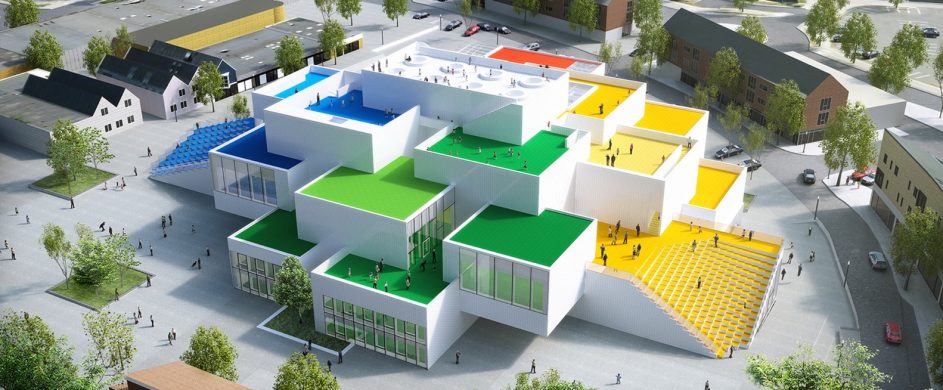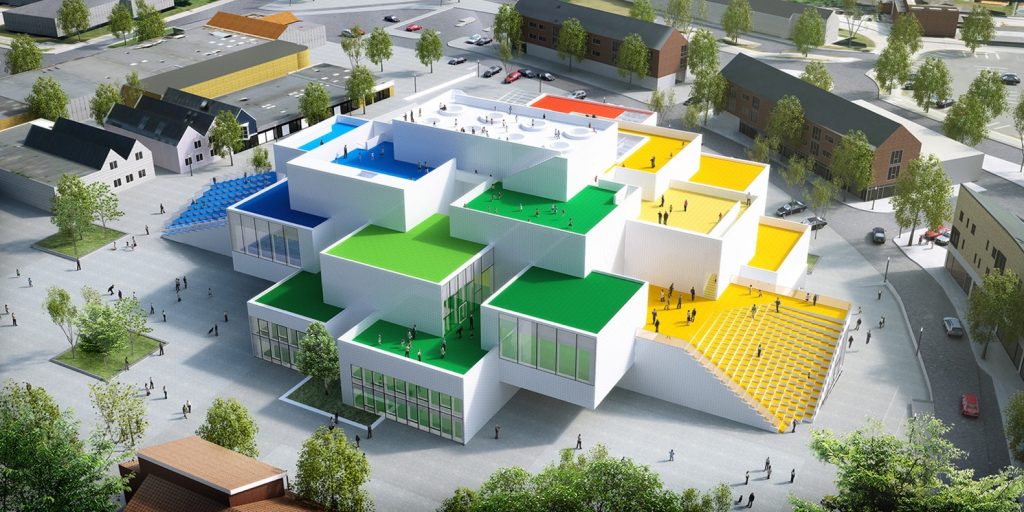Last September BIG has unveiled its new visitor centre designed for the toy company LEGO: the building, composed of a stack of huge blocks, features brightly colored patios that are home to a submarine, a shark and a camel. Located on the site of the old town hall of Billund, in close proximity to the Legoland theme park, this new centre provides a new worldwide attraction for Lego fans in the company’s hometown in Denmark, attracting an estimated 250,000 guests every year thanks to a variety of LEGO-themed activities within its 12,000 square meters and inviting visitors of all ages to play and unleash their creativity.
///
Lo scorso settembre BIG ha inaugurato il suo nuovo centro visitatori progettato per la società di giocattoli LEGO: l’edificio, composto da una pila di enormi blocchi, presenta patii dai colori vivaci che ospitano un sottomarino, uno squalo e un cammello. Situato nel lotto del vecchio municipio di Billund e nelle immediate vicinanze del parco a tema Legoland, questo nuovo centro offre una nuova attrazione mondiale per i fan di Lego proprio nella città natale della compagnia (in Danimarca) con dei flussi di visitatori stimati intorno alle 250,000 unità ogni anno grazie ad una serie di attività a tema LEGO all’interno dei suoi 12,000 metri quadri che inviteranno gli utenti di ogni età a giocare e a dar sfogo alla propria creatività.
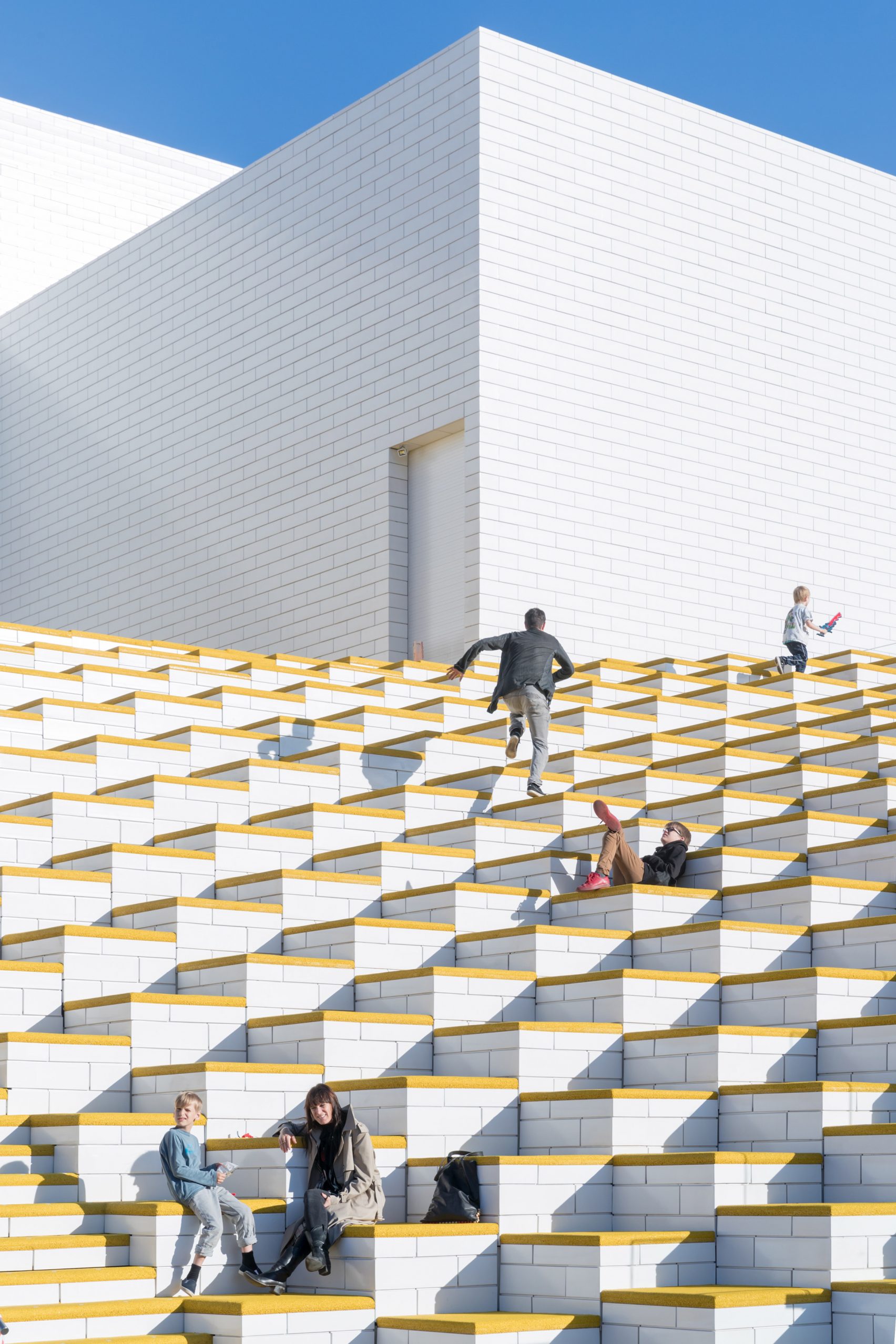
The design of the LEGO House has been inspired by the company’s iconic plastic brick, consisting of 21 white brick-shaped forms stacked on top of one another and capped with a keystone block with the proportions as a 2×4 LEGO brick. A pair of “pixelated” staircases allow visitors to scale the exterior of the Lego House to reach the patios; on the facade, textured clay tiles will give the building the illusion that it has been constructed from actual LEGO bricks. Open and accessible to the public, the building will feature both paid and free attractions; no ticket will be needed to visit the 2,000-square-meter LEGO Square, the terraces, the LEGO store or to enjoy a LEGO-themed meal at one of the complex’s three restaurants.
///
Il design della LEGO House è stato ispirato dall’iconico mattone di plastica dell’azienda, costituito da 21 forme bianche a forma di mattone impilate l’una sull’altra e ricoperte da un blocco trapezoidale con le proporzioni di un mattoncino 2×4 LEGO. Una coppia di scale “pixelate” consente ai visitatori di scalare l’esterno della Lego House per raggiungere i patii; sulla facciata, piastrelle di argilla strutturate daranno all’edificio l’illusione che sia stata costruita da mattoni LEGO reali. Aperto e accessibile al pubblico, l’edificio sarà caratterizzato da attrazioni a pagamento e gratuite; nessun biglietto sarà necessario, invece, per visitare la Piazza LEGO di 2.000 metri quadrati, le terrazze, il negozio LEGO o per gustare un pasto a tema LEGO in uno dei tre ristoranti del complesso.
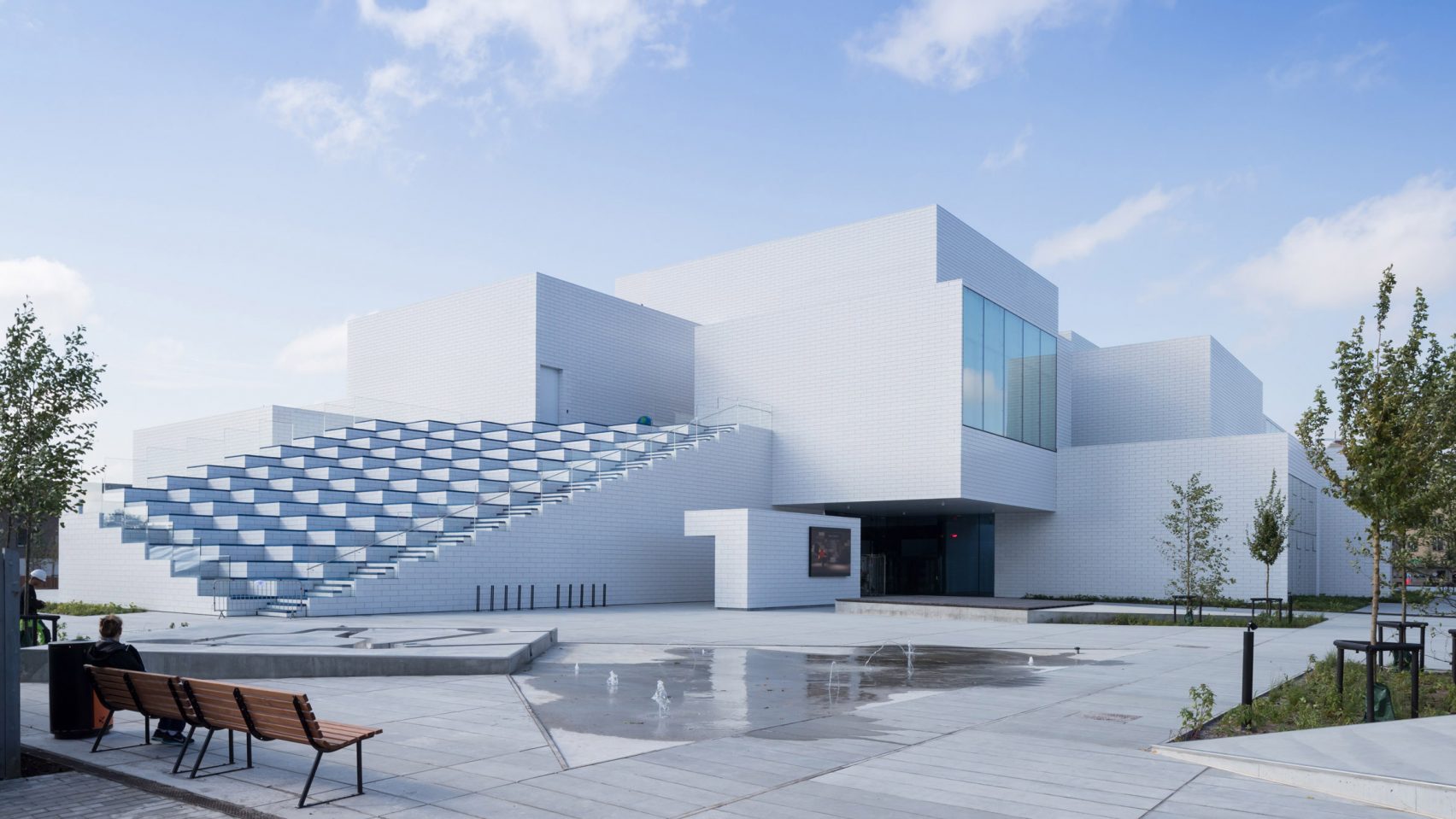
The design of the LEGO House has been inspired by the company’s iconic plastic brick, consisting of 21 white brick-shaped forms stacked on top of one another and capped with a keystone block with the proportions as a 2×4 LEGO brick. A pair of “pixelated” staircases allow visitors to scale the exterior of the Lego House to reach the patios; on the facade, textured clay tiles will give the building the illusion that it has been constructed from actual LEGO bricks. Open and accessible to the public, the building will feature both paid and free attractions; no ticket will be needed to visit the 2,000-square-meter LEGO Square, the terraces, the LEGO store or to enjoy a LEGO-themed meal at one of the complex’s three restaurants.
///
Il design della LEGO House è stato ispirato dall’iconico mattone di plastica dell’azienda, costituito da 21 forme bianche a forma di mattone impilate l’una sull’altra e ricoperte da un blocco trapezoidale con le proporzioni di un mattoncino 2×4 LEGO. Una coppia di scale “pixelate” consente ai visitatori di scalare l’esterno della Lego House per raggiungere i patii; sulla facciata, piastrelle di argilla strutturate daranno all’edificio l’illusione che sia stata costruita da mattoni LEGO reali. Aperto e accessibile al pubblico, l’edificio sarà caratterizzato da attrazioni a pagamento e gratuite; nessun biglietto sarà necessario, invece, per visitare la Piazza LEGO di 2.000 metri quadrati, le terrazze, il negozio LEGO o per gustare un pasto a tema LEGO in uno dei tre ristoranti del complesso.
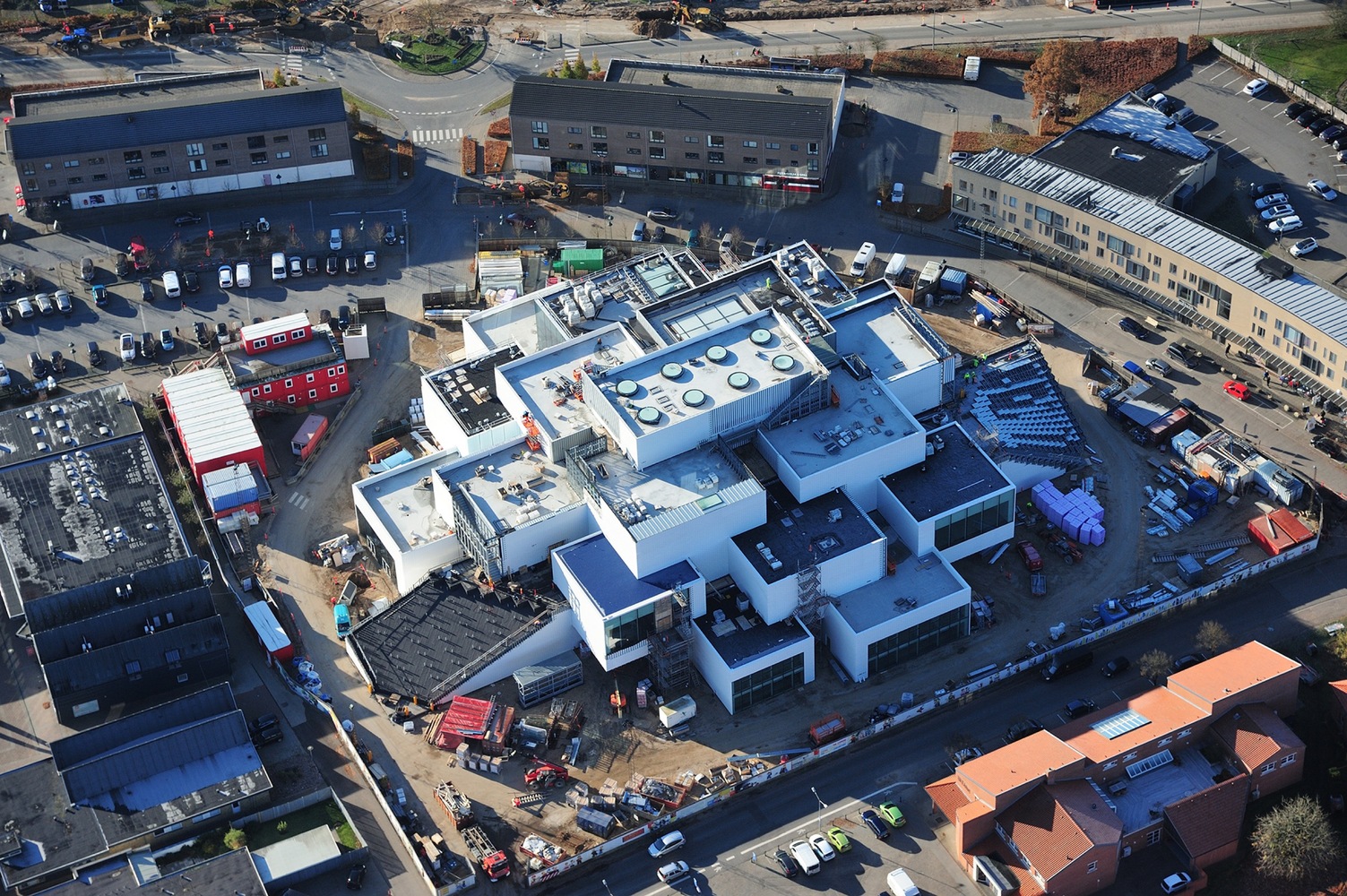
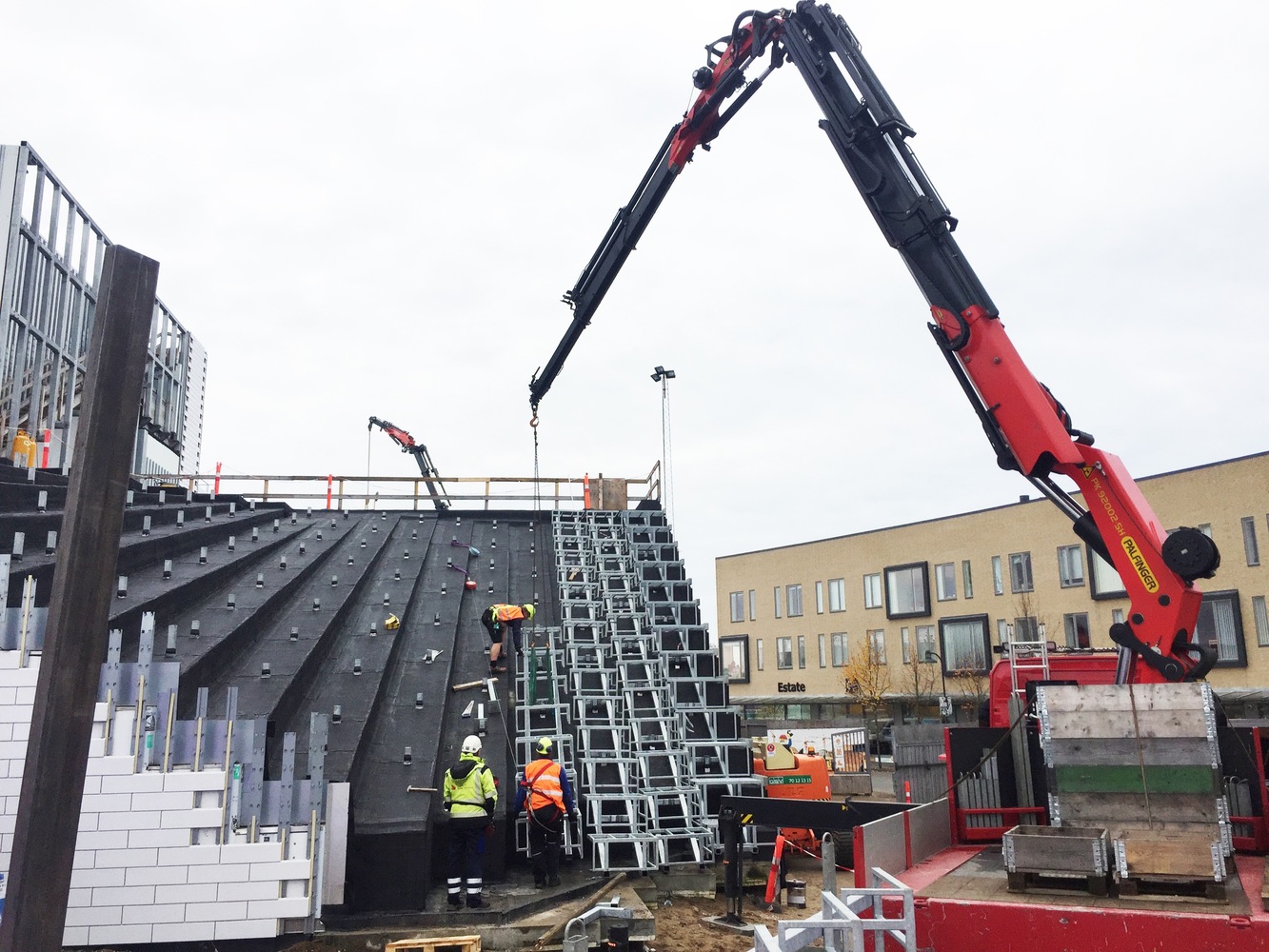
Paid experience areas within have been arranged in four different color zones, each representing a different aspect of a child’s learning: red-colored spaces will stimulate creativity, blue the cognitive skills, green the social ones and yellow the emotional. Conference facilities, an exhibit on the history of LEGO and a “Masterpiece Gallery” will feature fan creations, rounding-up the building program.
///
Le aree a pagamento all’interno sono state disposte in quattro diverse zone di colore, ciascuna delle quali rappresenta un aspetto diverso dell’apprendimento di un bambino: gli spazi di colore rosso stimoleranno la creatività, il blu le abilità cognitive, il verde la socialità ed il giallo l’emotività. Le strutture per conferenze, una mostra sulla storia di LEGO e una “Masterpiece Gallery” affiancheranno le creazioni di fan, completando il programma del complesso.
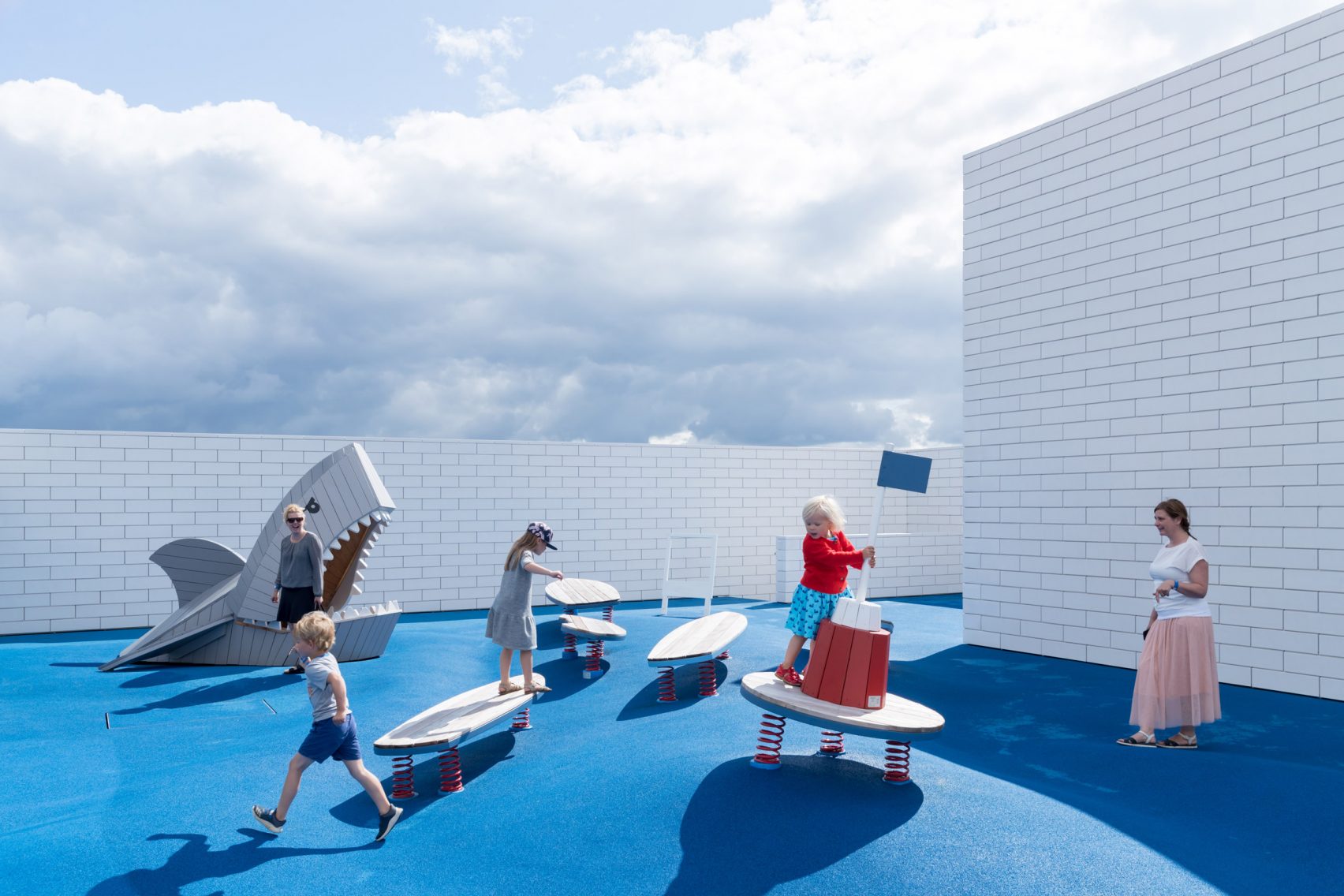
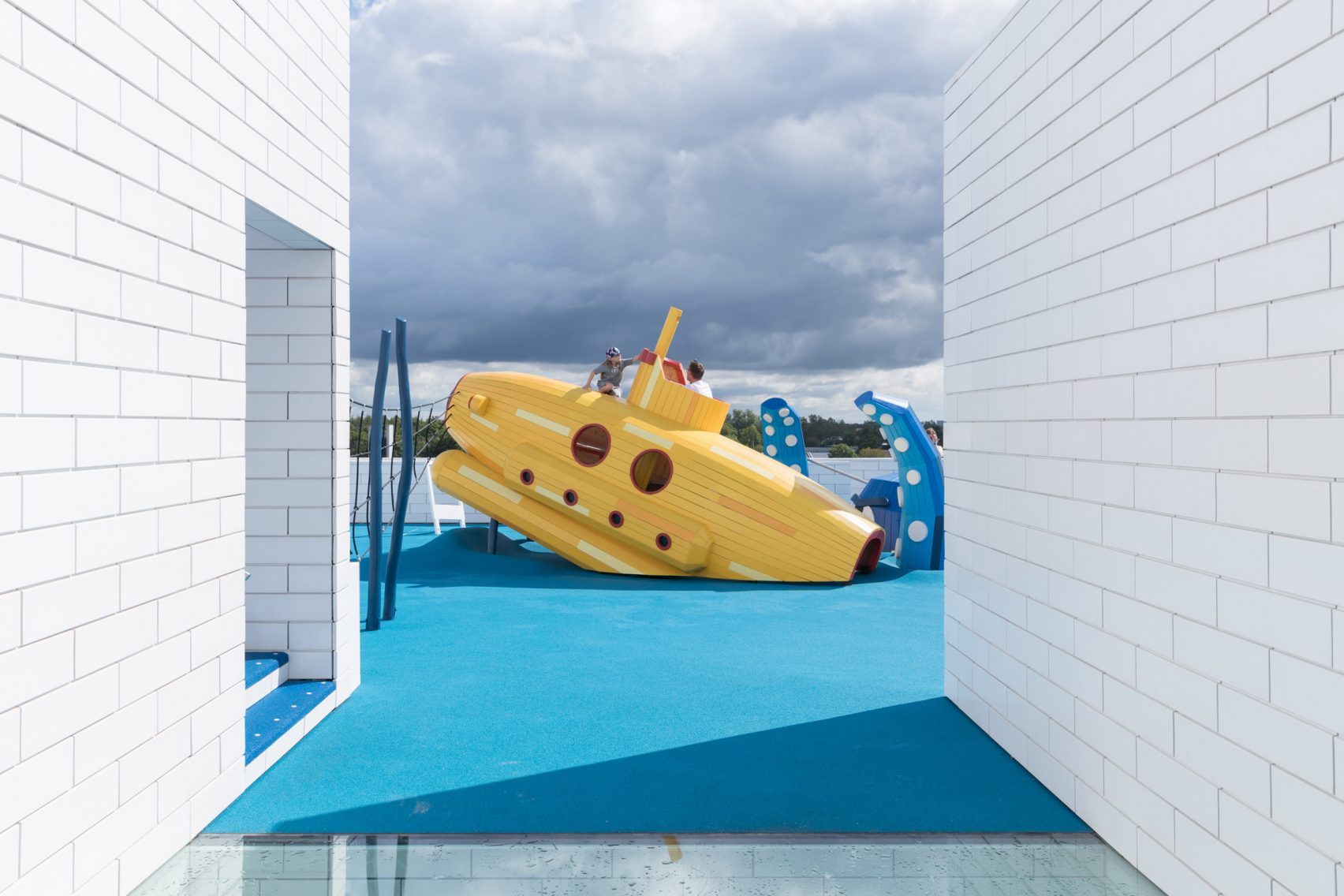
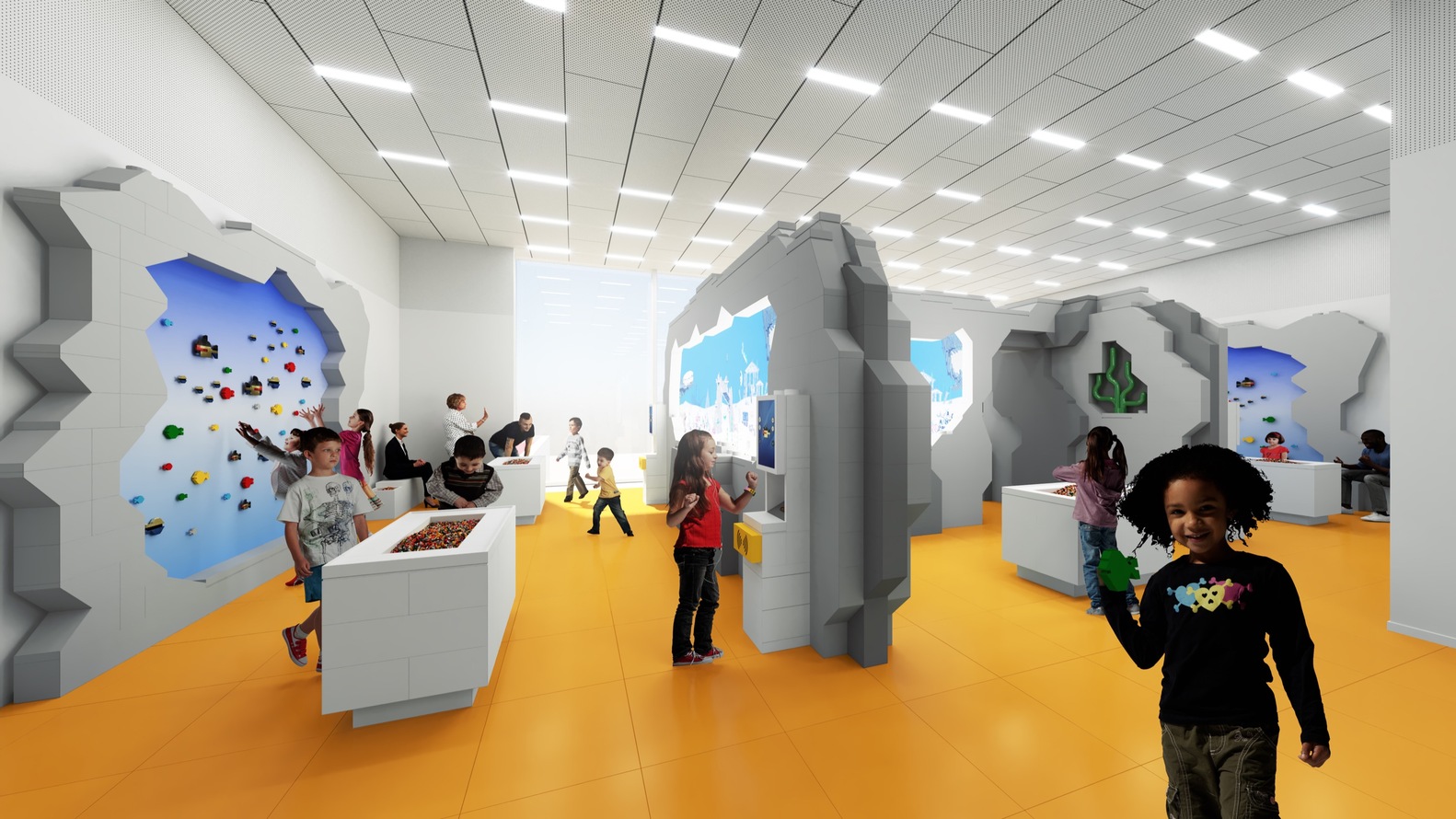
“Lego House is a literal manifestation of the infinite possibilities of the Lego brick – one that embodies the notion of systematic creativity and allows children of all ages countless opportunities to create their own worlds and to inhabit them through play,” said Bjarke Ingels. “At its finest, that is what architecture, and Lego play, is all about: empowering people to imagine new worlds that are more exciting and expressive than the status quo – and to provide them with the tools and the skills to make them a reality.”
///
“Lego House è una manifestazione pratica delle infinite possibilità del mattoncino Lego, che incarna la nozione di creatività sistematica e consente ai bambini di tutte le età innumerevoli opportunità di creare i propri mondi e di abitarli attraverso il gioco”, ha dichiarato Bjarke Ingels. “Al suo meglio, questo è ciò sul quale l’architettura, e Lego, giocano: dare potere alle persone di immaginare nuovi mondi che sono più eccitanti ed espressivi dello status quo, fornendi loro gli strumenti e le abilità per trasformarli in realtà”.
